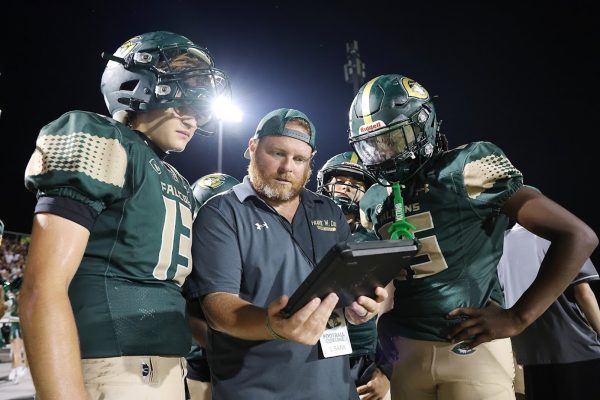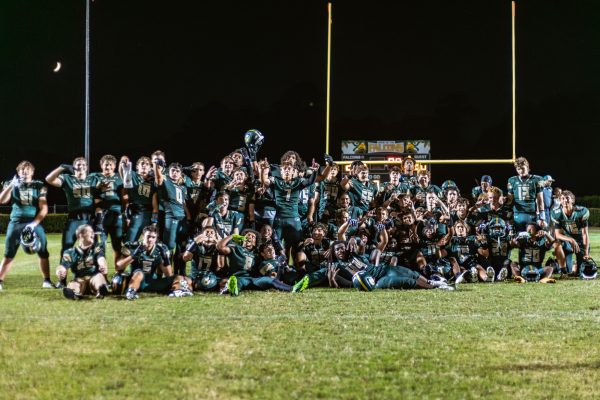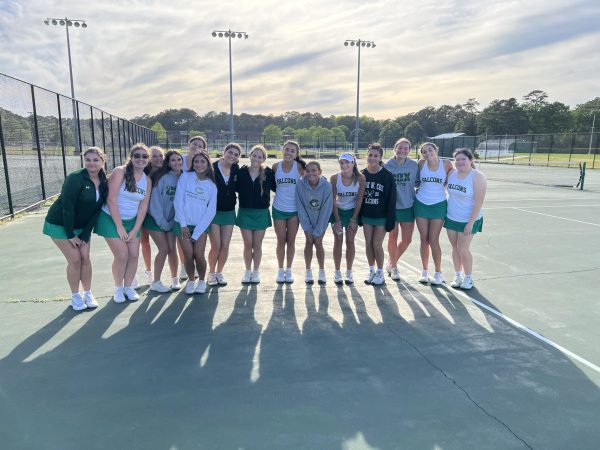Student-athlete injuries occur often, more than ever before
As technology advances continue to progress in sports, it still seems that athletes are suffering near catastrophic injuries with long rehabilitation time. With new advancements in the development of sports gear that allow athletes to be more protected in their [respective] sport, traumatic injuries such as concussions and ACL tears still seem to be a common theme.
As research continues and a variety of injuries in high school athletics have almost become commonplace, it seems that concussions, particularly in high school age children, may be the catalyst for brain damage and lack of brain health for these athletes.
Moreover, high school athletes have a hard time balancing recovery with their work in school, especially with what could be partial brain damage from a contact sport. Even though the priority would seem to be to get these injuries under control, they keep occurring at an alarming rate.
Almost 10 percent of sports injuries happen to be concussions, according to the Virginia High School League (VHSL).
And, while one concussion is manageable, several concussions, even spread out over time, are not. In fact, an athlete who suffers more than one concussion can cause this same athlete to retire their jersey hastily, no matter how old they may be because it is so unsafe to continue to play.
Junior Garrett Belote wrestled and played baseball during his middle school and high school years, but suffered several concussions which led him to miss out on several seasons.
“It sucks because I love playing sports and once I got one concussion the other ones were so easy to get, and it made me miss out on so many games and seasons,” Belote said.
Another common injury that is not as preventable, even with padding and various safety precautions is an ACL, meniscus, or multiple other types of tears. Many players at different levels, beginning from early childhood, suffer from these types of injuries and it can be career ending for many players.
If the injury itself is not bad enough, the recovery process is also much worse. Normally, the recovery process, depending on the severity of the injury, consists of a nine month period in order to return to ‘full speed’, as well as hours of therapy. Furthermore, tears of any kind requires surgery and is proven to be one of the most painful in which to recover. Not only can this mentally wear someone down, causing them to lose motivation for the sport in which they were playing.
Sophomore Madison Blanchard tore her meniscus and ACL prior to the varsity girls soccer season, had surgery, and is currently in rehab. Blanchard is for the entirety of the season and spends much of the team’s practice time rehabbing and sitting on the bench during games.
“I would say my injury is one of the most challenging things I have ever had to deal with, but my injury has made me stronger in so many ways. I have to be diligent, maintain a strong work ethic, and hold myself accountable with my rehabilitation,” Blanchard said.
Blanchard’s recovery includes crutches 24/7 and finding the strength to finally manipulate her leg to a 90 degree angle.
According to Blanchard, it is crucial that she looked at the situation positively, because without a good attitude the experience would have been unbearable; also the support of her teammates and coaches has helped her overcome her dreadful experience.





